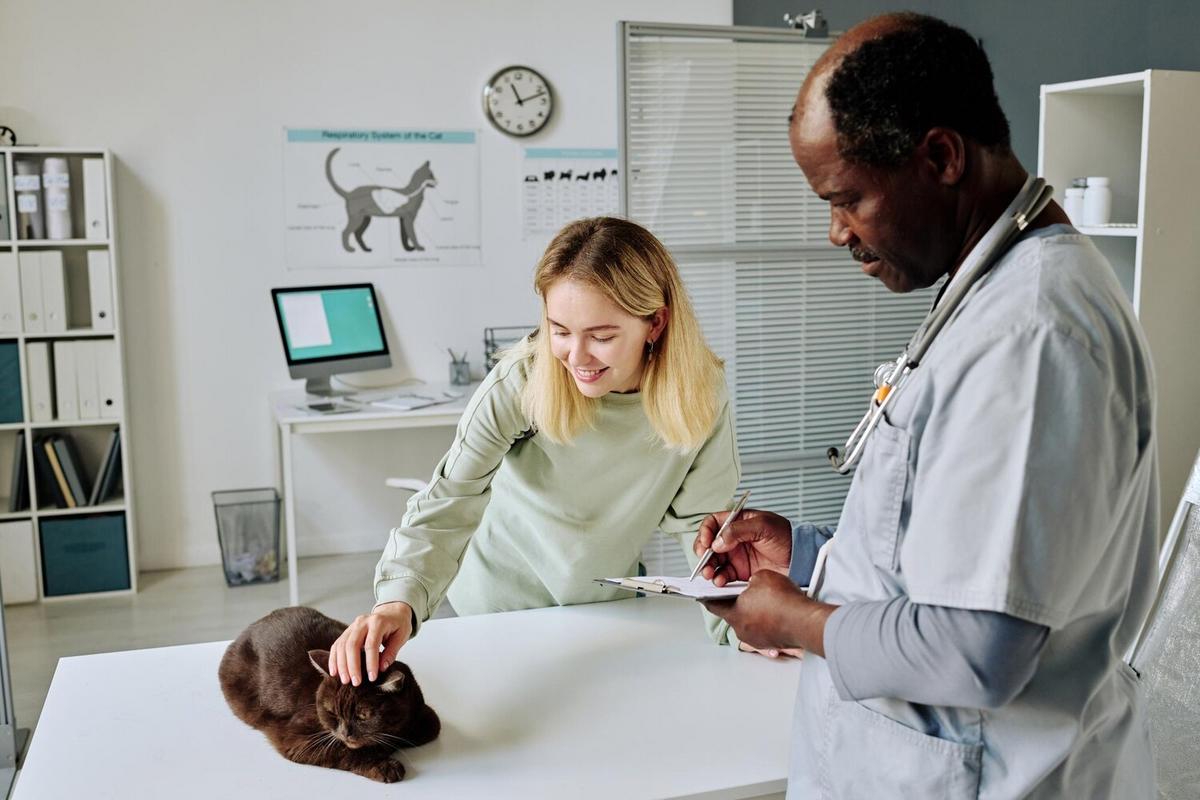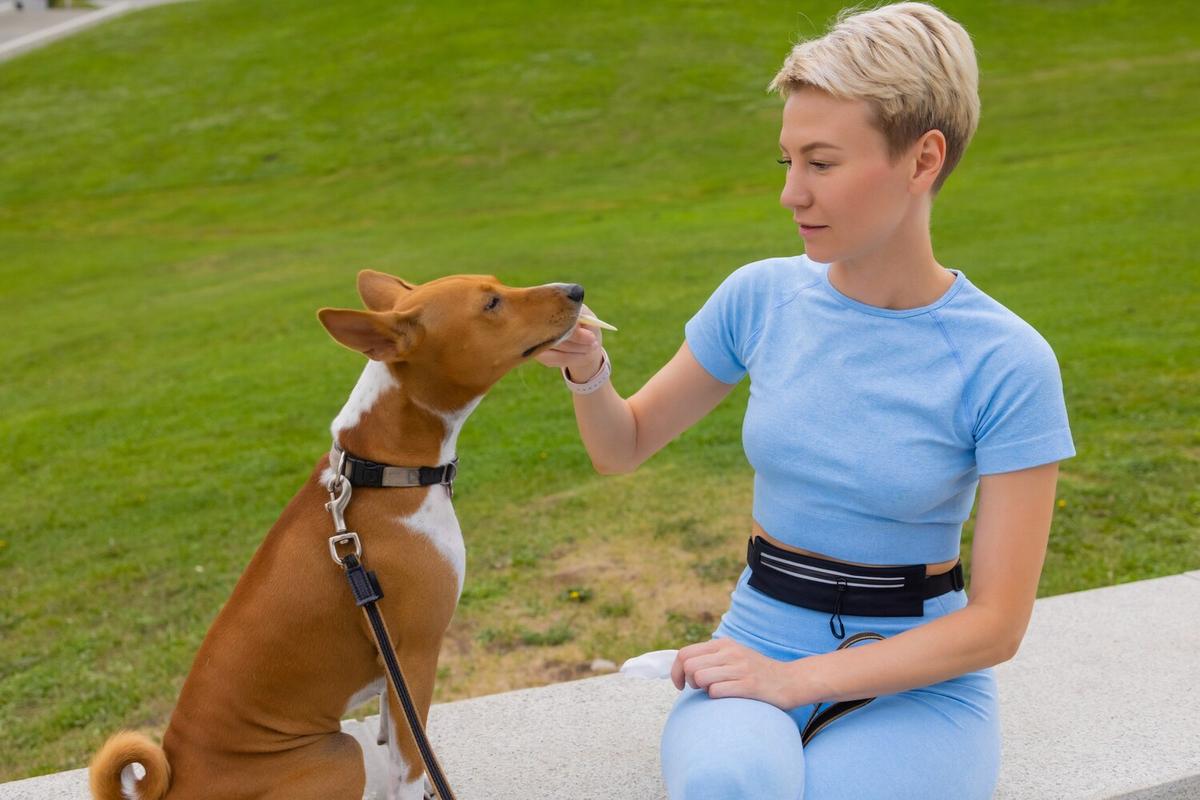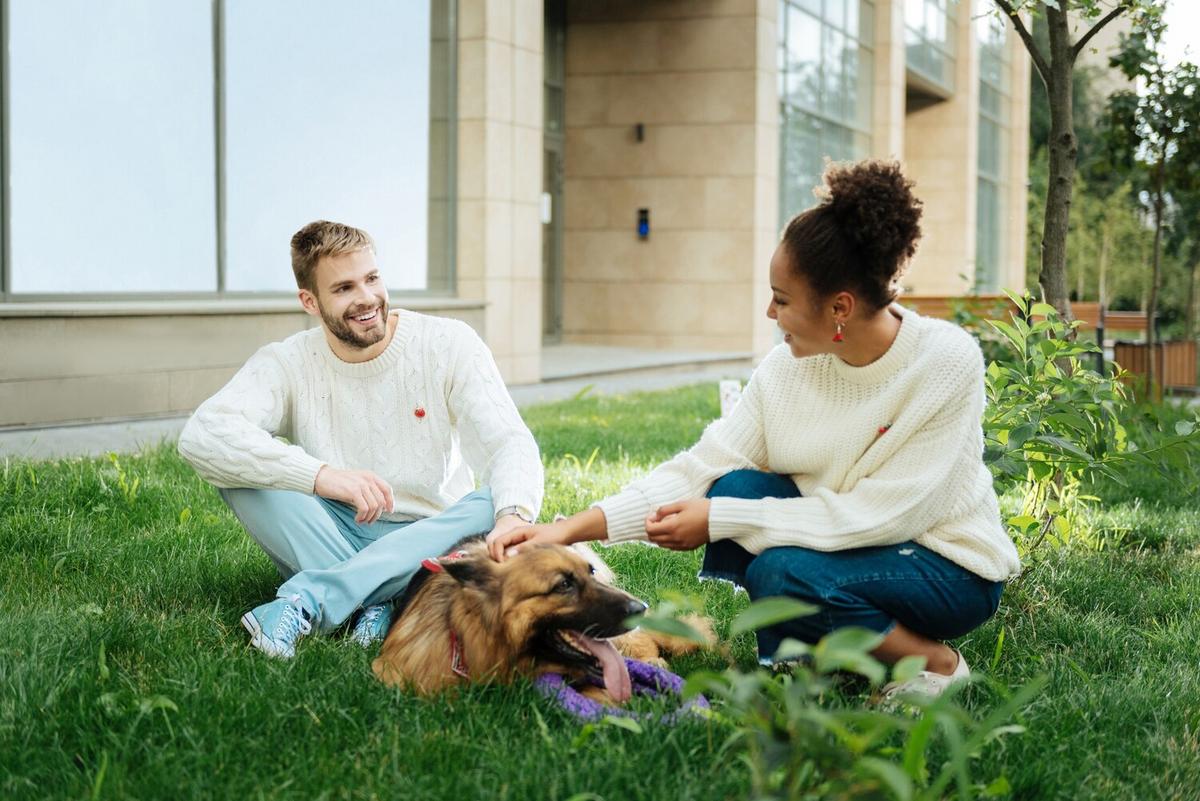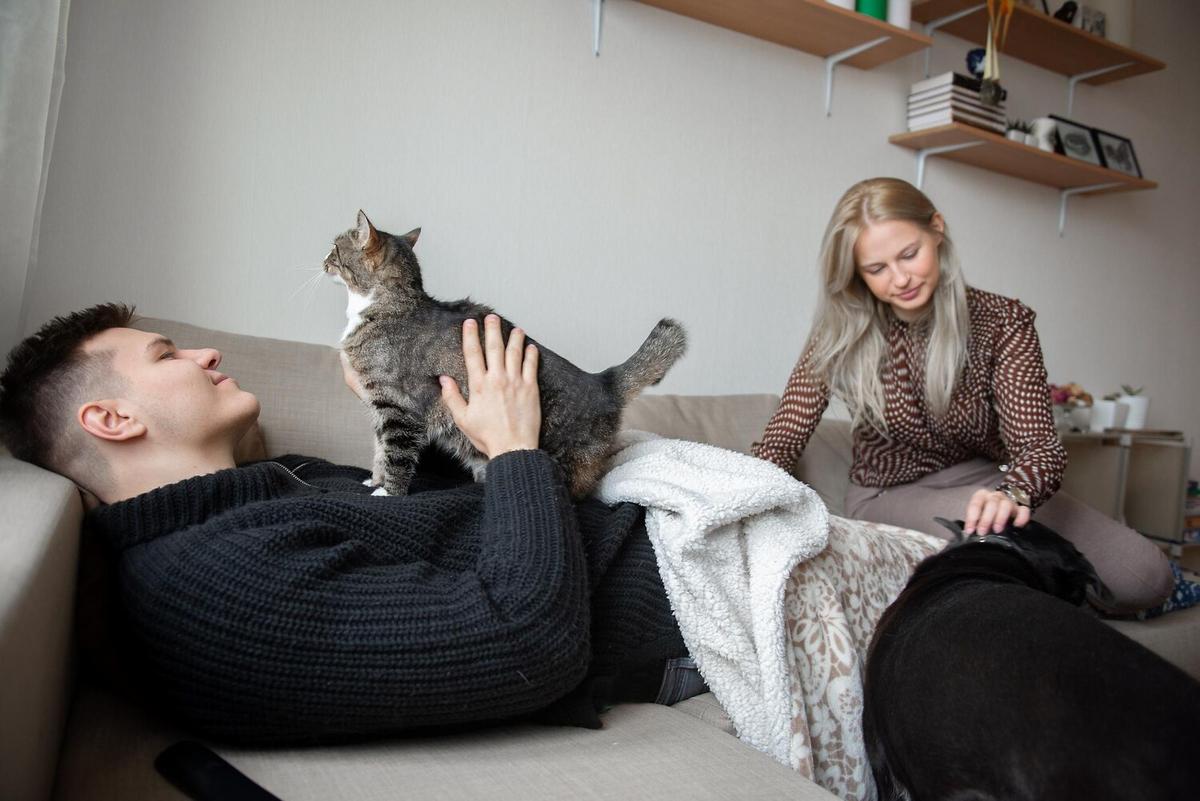Our pets are cherished members of our families, and ensuring their health and well-being is a priority for any pet owner. Recognizing when your furry friend needs a visit to the vet can sometimes be challenging, but understanding the signs can make all the difference in maintaining their health and happiness.
Recognizing the Signs: When to Seek Veterinary Care
Pets, much like humans, can experience a range of health issues that require professional attention. While some symptoms may seem minor, it’s essential to know when they warrant a trip to the vet. Here are some key indicators to keep an eye on.
Changes in Appetite or Weight
One of the first signs of potential health issues is a change in your pet’s eating habits. If your pet has suddenly lost interest in food or is experiencing unexplained weight loss, it could be an indication of underlying health problems.
Behavioral Changes
Pets can exhibit behavioral changes when they’re not feeling well. For example, if your typically energetic dog becomes lethargic or if your friendly cat starts hiding, these could be signs that something is amiss.
Expert Opinion
Dr. Sofia Delgardo, a renowned veterinarian, suggests that “any drastic change in your pet’s behavior or habits should be evaluated by a professional to rule out any serious conditions.” Her advice underscores the importance of paying attention to your pet’s daily routine.
Visible Physical Changes
Look for any visible changes such as lumps, swelling, or skin irritations. These could be indicators of infections or more serious conditions that need immediate attention.
Frequent Vomiting or Diarrhea
Occasional vomiting or diarrhea can be normal, but if it becomes frequent, it’s crucial to consult a vet. Prolonged issues can lead to dehydration and other complications.
Pro Tip: Keep a journal of your pet’s symptoms and behaviors to provide detailed information to your vet, which can aid in diagnosis.
Statistics and Research
A study by the American Pet Products Association indicates that over 60% of pet owners visit the vet annually, highlighting the importance of regular check-ups in ensuring pet health.
Personal Anecdote
Take the example of a pet owner who noticed their dog was limping slightly. Initially dismissing it as a minor issue, they later found out it was due to a ligament injury that required surgery. This story illustrates the importance of not ignoring signs that seem insignificant.
Actionable Tips
- Regularly schedule wellness check-ups for your pet to catch any potential health issues early.
- Monitor your pet’s behavior and eating habits closely.
- Consult your vet about any unusual or persistent symptoms.
Comparison Table: Common Signs vs. Actions
| Sign | Possible Cause | Recommended Action |
|---|---|---|
| Loss of Appetite | Dental Issues, Illness | Consult a Vet |
| Lethargy | Infection, Pain | Visit the Vet |
| Vomiting | Digestive Problems | Observe, Vet if Persistent |
| Diarrhea | Dietary Indiscretion | Monitor, Hydrate, Vet if Persistent |
| Skin Irritations | Allergies, Parasites | Consult a Vet |
| Frequent Urination | Urinary Tract Infection | See a Vet |
| Coughing | Respiratory Issues | Visit the Vet |
| Excessive Thirst | Diabetes, Kidney Issues | Consult a Vet |
Frequently Asked Questions
How often should I take my pet to the vet?
Ideally, pets should visit the vet for a wellness check-up at least once a year. Senior pets or those with chronic conditions may require more frequent visits.
What are some common signs that my pet is in pain?
Signs of pain in pets include limping, excessive grooming, vocalizing more than usual, and changes in behavior or appetite.
Can I treat minor issues at home?
While some minor issues can be managed at home, it’s always best to consult a vet to ensure your pet receives the appropriate care.
Conclusion
Recognizing the signs that your pet needs to visit the vet can prevent minor issues from becoming major health concerns. By staying observant and proactive about your pet’s health, you can ensure they enjoy a happy and healthy life. Remember, when in doubt, it’s always better to consult with your veterinarian for peace of mind and professional guidance.




Leave a Reply